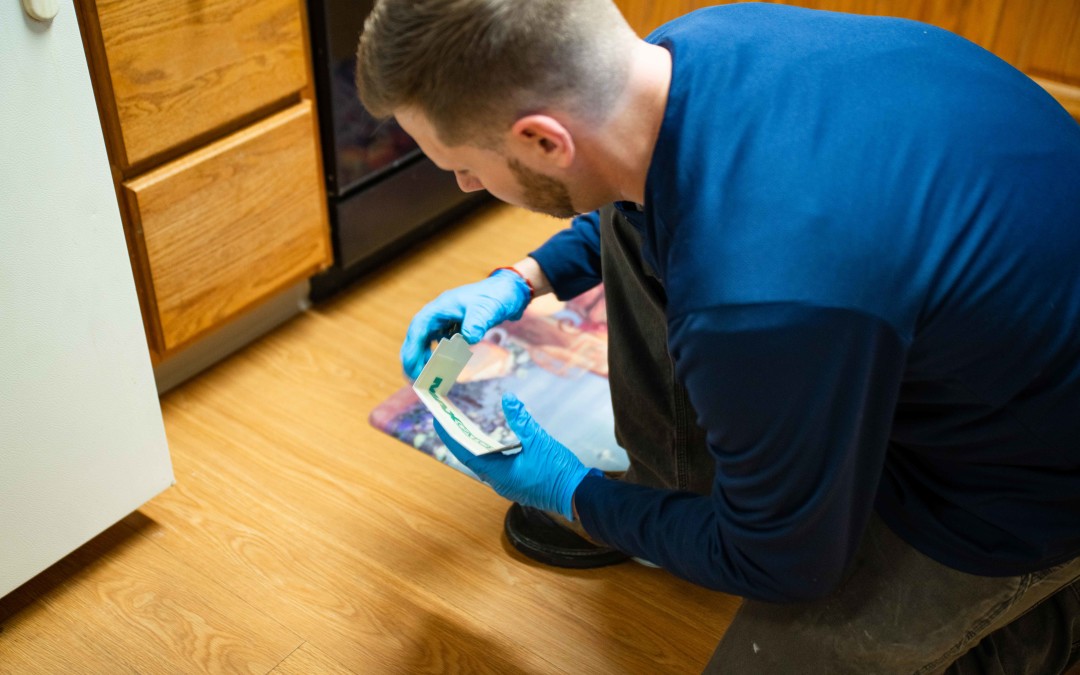More than 43,000 spider species have been documented around the world, and unfortunately for arachnophobes, numerous others have yet to be described. Of all the spider species currently described, only 30 have inflicted fatal bites to humans. This measly number amounts to less than one tenth of one percent of all known spider species, which explains why entomologists, pest control professionals and medical experts consider spider bites to be generally harmless to humans. Here in the United States, only 2 spider species, the black widow and the brown recluse, are considered deadly to humans. However, this claim is a little misleading, as 3 spider species are categorized as “black widows” in the US. These 3 species, the western black widow, the southern black widow and the northern black widow, have all been deemed potentially deadly to humans. Also, while the brown recluse is certainly the most dangerous of all recluse species in the US, there exists 11 documented native recluse species in the country, as well as 2 non-native species. Every one of these 13 species has been responsible for causing necrotic lesions with their bites, and all are believed to be capable of causing death. Other spider species in the US, such as the yellow-sac spider, are considered potentially deadly to humans as well. Another obscure spider species that can potentially cause death, Steatoda grossa, also known as the “cupboard spider,” should definitely be added to the short list of “medically significant” spider species in the US.
The cupboard spider can be found in Massachusetts and all other northeast US states, as well as parts of southern Canada. This species inflicts a bite that causes symptoms that are identical to black widow bites. In fact, a treatment for cupboard spider bites was only found because doctors administered black widow antivenom to a person who sustained a bite from a cupboard spider. Luckily, the antivenom was found to treat cupboard spider bites just as effectively as black widow bites. Also, as a fun fact to share with your friends, the S. grossa species was used in the film Spider Man as the species that bit Peter Parker. However, the spider in the film looks different than the real-life species, as the big-screen specimen was painted with blue and red stripes.
Have you ever sustained a spider bite that caused severe systemic symptoms?

